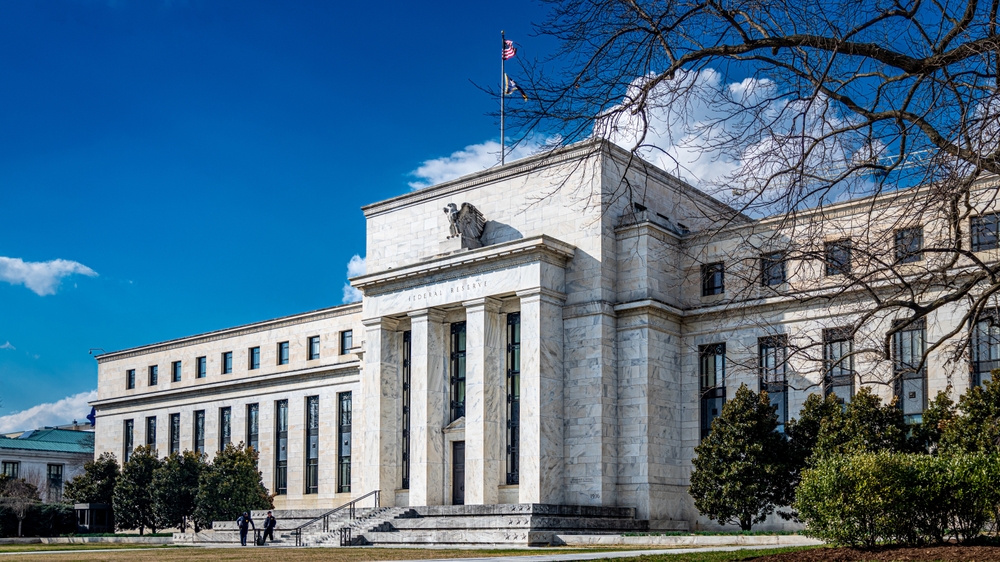Williams, Barkin emphasize patience as policy uncertainty grows
New York Federal Reserve President John Williams said Monday that the current stance of U.S. monetary policy is “well positioned” for what the economy may face this year. He noted that interest rates remain “moderately restrictive,” applying downward pressure on inflation, but cautioned that inflation could reaccelerate.
“Keeping rates steady for some time allows us to assess new data and adjust if necessary,” Williams said in an interview with Yahoo Finance, declining to predict the timing of any rate cuts.
Speaking separately on CNBC, Richmond Fed President Thomas Barkin said that the timing of rate cuts would be determined by inflation trends. He voiced concern about the inflationary and labor market impacts of President Donald Trump’s new tariffs. “Call me nervous on both,” Barkin said, noting high uncertainty in the current environment.
Trump’s trade moves complicate economic outlook
The comments come amid rising unpredictability in economic policy, with Trump’s tariff expansions and government downsizing stirring markets and clouding forecasts. At its last meeting, the Federal Reserve held interest rates at 4.25%-4.50%, but noted a willingness to cut later this year depending on inflation and growth.
Trump’s upcoming tariffs—expected to broaden this week—are nearly guaranteed to push up short-term inflation. Yet businesses and consumers are facing challenges planning under such volatile conditions, undermining investment and sentiment.
Recession concerns grow
On Sunday, Goldman Sachs increased its recession probability from 20% to 35%, citing worsening consumer and business confidence, along with signals from the White House indicating a willingness to accept near-term economic pain for broader trade goals.
Financial markets have responded by pricing in more aggressive Fed rate cuts this year, anticipating the central bank may need to support growth. Williams, however, maintained that the economy remains on solid footing, with “good growth up to this point” and a still-resilient labor market.







